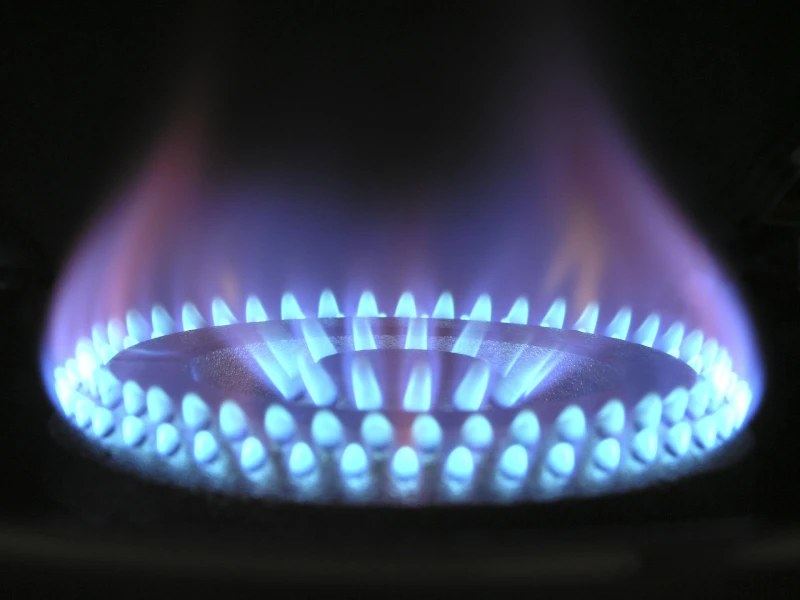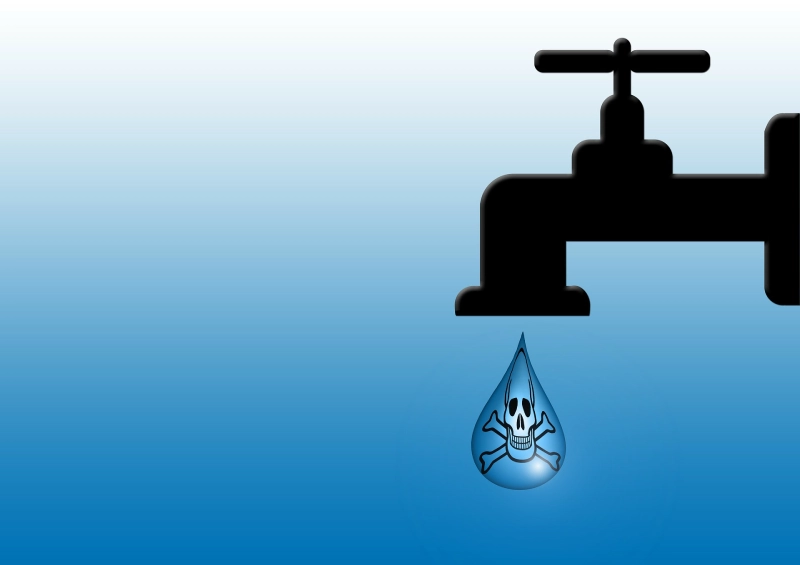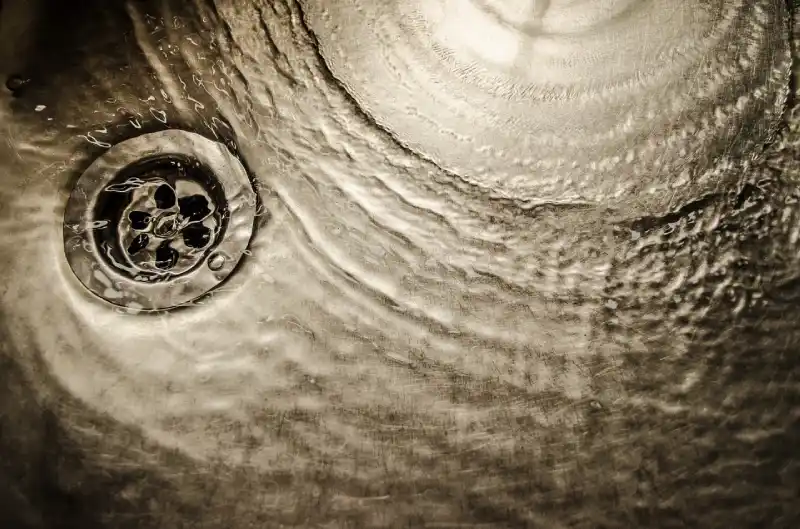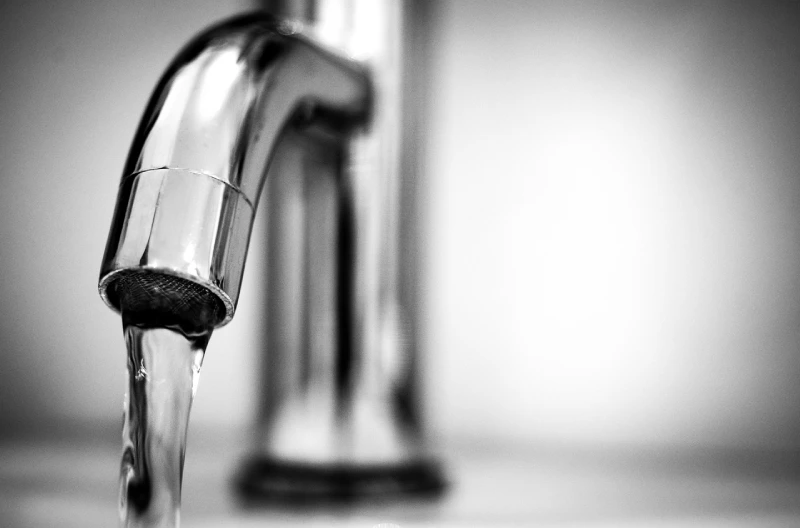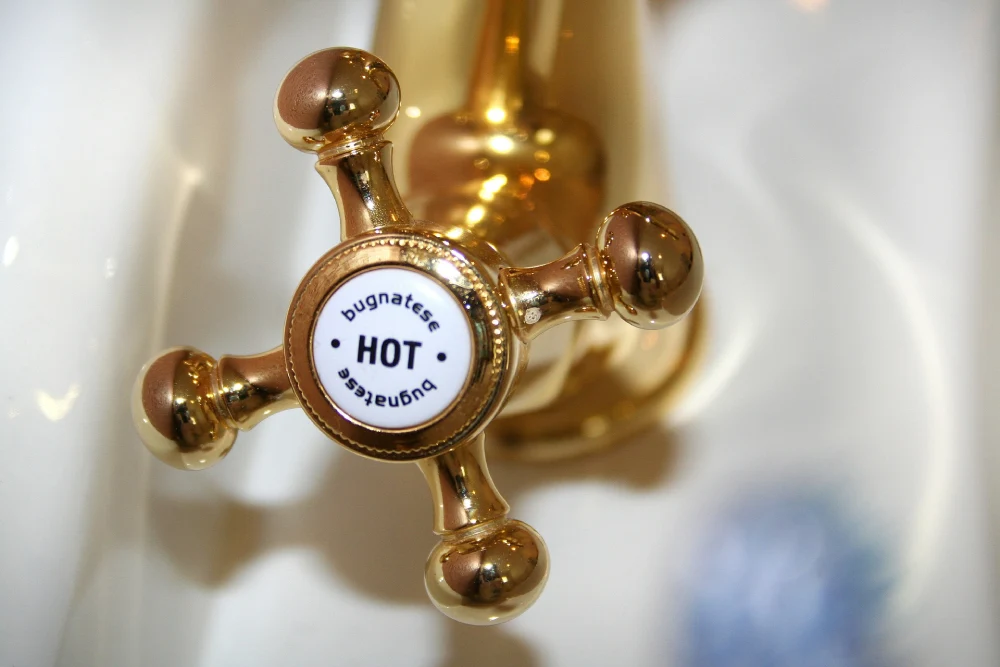The quality of our drinking water is critical for public health and well-being. While cloudy water is usually not a problem, drinking water can become contaminated by water borne bacteria, chemicals, or even soil from your garden.
This article explains how Queensland’s drinking water system is kept to a safe standard and provides tips on how you can keep your family safe.
Likely Cause of Cloudy Water
Water that is cloudy and odourless is often caused by fine air bubbles. This milky looking water can occur when there is maintenance work on the local water network, such as a service shutdown to repair a pipe.
When the water supply is shut off for maintenance, air can get caught in the water main or your pipes. When the water pressure is restored, some of that air dissolves into the water. By turning on your tap you relieve the water pressure. Air escapes from the water resulting in a milky white appearance for a few minutes.
Cloudy water can also occur when an increase in temperature from over-heating hot water systems which causes air to come out of the water when the tap is turned on.
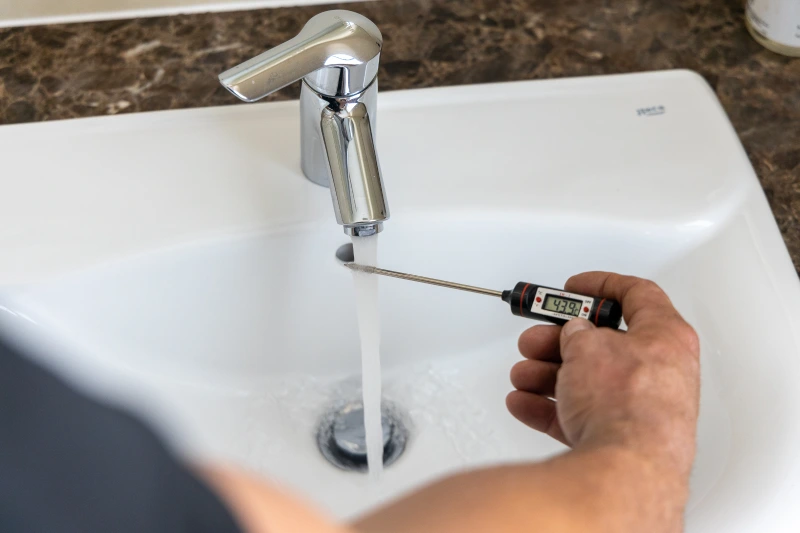
Contaminated Drinking Water
While cloudy water is usually not a problem, drinking water can become contaminated by water borne bacteria, chemicals, or even soil from your garden.
DJS Plumbing can run tests to help identify possible issues. We look at the appearance of the water for its colour, odour, and water hardness or PH level.
During our site inspections DJS is also on the lookout for potential contamination sources. These can include water from fish tanks, or backflow issues where garden waste and fertilisers have entered your plumbing system.
What Can Happen if You Drink Contaminated Water?
Drinking contaminated water can have various adverse effects on human health. The specific consequences depend on the type and level of contaminants present in the water.
The severity of health effects can vary depending on factors such as the concentration and duration of exposure, individual susceptibility, and your overall health status. It is essential to access clean and properly treated drinking water to minimise the risk of contamination and associated health hazards.
Potential risks associated with consuming contaminated water include:
Gastrointestinal issues
Waterborne pathogens, such as bacteria, viruses, and parasites, can cause gastrointestinal illnesses. Common symptoms include diarrhea, vomiting, stomach cramps, and nausea. These illnesses can be particularly severe for individuals with weakened immune systems, children, and the elderly.
Waterborne diseases
Contaminated water can transmit waterborne diseases like cholera, typhoid fever, dysentery, giardiasis, and cryptosporidiosis. These diseases can lead to diarrhea, severe dehydration, electrolyte imbalances, and, in some cases, life-threatening complications.
While parasitic infections such as Cryptosporidium and Giardia are rare in Australian drinking water, it pays to be careful when drinking untreated water from a creek or from an old water tank.
Waterborne Bacterial Infections
Bacteria present in contaminated water can include Escherichia coli (E. coli) and Campylobacter. These nasties can cause bacterial infections that can lead to symptoms such as fever, abdominal pain, urinary tract infections, and respiratory issues.
Virus Contaminated WaterViruses like norovirus and rotavirus can contaminate water sources and cause viral gastroenteritis with symptoms such as dehydration, vomiting, and diarrhea. Hepatitis A, another waterborne virus, can cause liver inflammation.
Chemical Toxicity in Water Supplies
Industrial pollutants and heavy metals such as lead and arsenic can cause chemical toxicity in water supplies. Other contaminants such as pesticides can also contaminate water.
Prolonged exposure to these substances through drinking water can lead to adverse health effects, including organ damage, developmental issues, neurological disorders, and an increased risk of certain cancers.
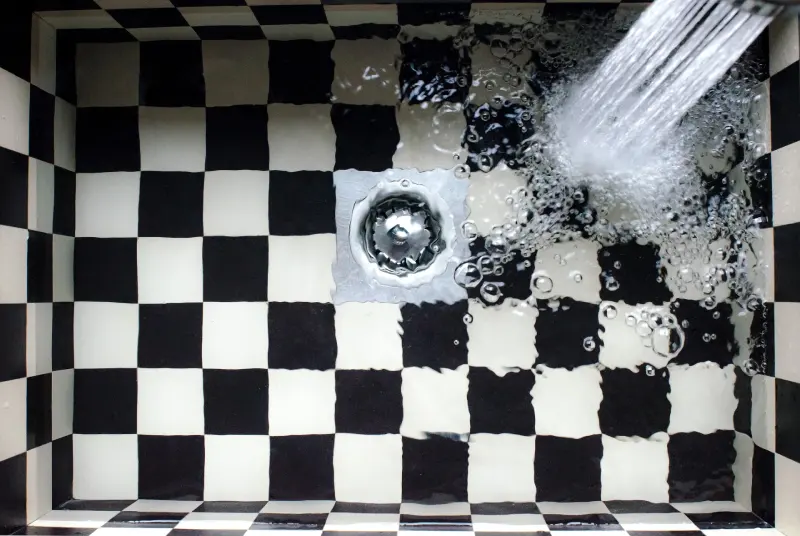
Is it Safe to Drink Chlorinated Water?
Water distributed across South East Queensland may have a slightly different taste or odour depending on which catchment it is sourced from. A small amount of chlorine is added to the drinking water to protect the public from potential contaminants. If you live near one of the dosing facilities you may notice changes in the chlorine levels in the water.
According to Queensland Urban Utilities, chlorine will dissolve from drinking water if you allow it to stand for a few hours in a glass. Tap aerators on taps can help reduce the amount of chlorine in drinking water.
Can you taste contaminated water?
Water with a rotten egg smell could indicate hydrogen sulphide which is generated caused by waterborne bacteria. Chemicals or petroleum products that are spilled near plastic water pipes can also leach through your plastic pipes into your water system. Be on the lookout for pesticides, methylated spirits, turps, oil, and petrol contamination.
If you suspect your drinking water has caused illness, do not taste test it. Contact the Queensland Urban Utilities faults and emergencies team on 13 23 64 to report the issue. Also ask other members of your household and neighbours if they are experiencing similar problems.
Then take a sample of the water in a clean glass or bottle. This sample cannot be used in laboratory analysis for quality control reasons however it could be useful to the Water Quality Officer who inspects your water system.Urban Utilities will visit your property and take samples for analysis which will help determine the cause.
Long-Term Health Effects of Consuming Contaminated Water
Chronic exposure to certain contaminants in water, such as arsenic, nitrates, or high levels of fluoride, can have long-term health impacts.
If you suspect your drinking water is making you sick, please contact your General Practitioner, or in the case of an emergency contact emergency medical services on 000.
Source Water Protection
Our drinking water supply is constantly monitored and tested by the Queensland Government to ensure it meets the health requirements defined in the Australian Drinking Water Guidelines.
While localised water contamination issues can occur, Queensland’s drinking water system is kept to a safe standard by:
- Protecting water sources such as dams and rivers
- Maintaining water treatment plants and other infrastructure
- Water treatment processes to remove contaminants
- Regular testing to maintain high standards
- Consumer education on water handling and hygiene
Drinking Water Treatment
Drinking water goes through various treatment processes to remove contaminants and ensure its safety. Common treatment methods include coagulation, filtration, disinfection (e.g., chlorine or ultraviolet light), and pH adjustment.
Monitoring and Testing Water Quality
Regular monitoring and testing of drinking water are conducted to assess its quality. Water utilities and health agencies perform comprehensive tests for various parameters, including microbial contaminants, chemical pollutants, heavy metals, and disinfection byproducts.
Compliance with Government Standards
Governments and regulatory bodies set specific standards and guidelines for drinking water quality. These standards address parameters such as microbiological safety, chemical limits, taste, odour, and appearance. Compliance with these standards is essential to maintain the safety of drinking water.
Consumer Education
Educating the public about water quality, proper handling, and storage practices can help maintain water safety. Information on potential contaminants, health risks, and preventive measures empowers individuals to make informed choices regarding their drinking water.
Consumers can also take additional steps to further enhance the quality of their drinking water, such as using water filtration systems or opting for bottled water when mains water is not available.
Regularly cleaning water storage containers and practicing good hygiene can also contribute to maintaining the quality of drinking water.
Water Quality Tests
If you are unsure about the water quality in your home, try this simple test on several hot and cold drinking water taps. You start by filling a clean, clear glass with water and allow it to stand for 10 minutes. Take a note on whether the water bubbles are clear or murky.
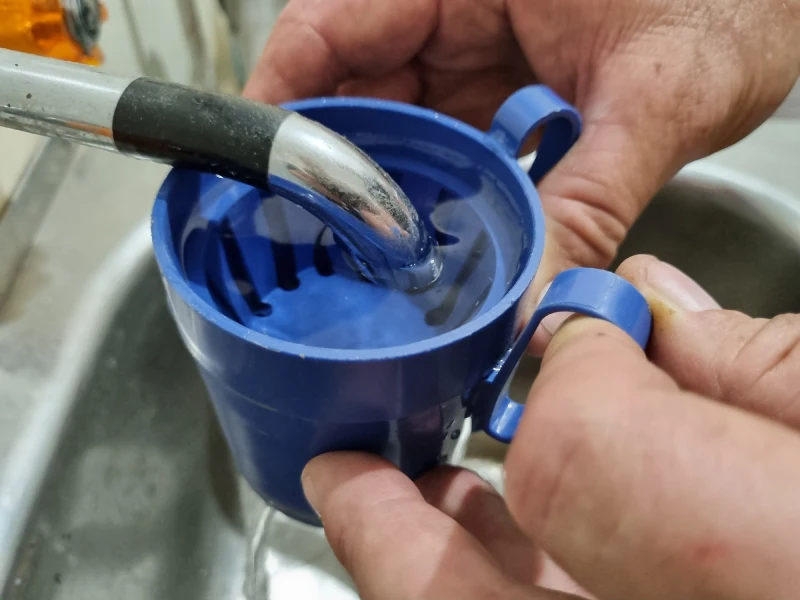
Clear Bubbles Rise to the Surface
Water with air bubbles is safe to drink. If the bubbles are clear as they rise to the surface this means you have air in your water. The bubbles will clear if the water is allowed to stand.
Running your taps for 5 to 10 minutes may also help to clear your water pipes of the air. If you have any concerns, please contact DJS Plumbing.
Bubbles clear downwards
If the bubbles settle at the bottom of the glass, it can indicate particles in the water. If the water is milky or cloudy only when using the hot tap, it may be caused by an over-heating hot water system. This occurs when heated water releases dissolved air. If the problem persists, you will need to contact your hot water heater manufacturer or a licensed plumber.
Looking After Your Fish
Drinking water in South East Queensland contains either chlorine or chloramine to kill disease-causing microorganisms that may get into the distribution pipes. Using chloraminated tap water can disrupt the nitrogen cycle in fish tanks, aquariums, or ponds, leading to toxic levels of ammonia.
Please contact your aquarium dealer or pet shop for specific advice on information on how to adjust the PH level and filter the water for your fish.
DJS Plumbing – Your Trusted Blocked Drain Specialists
DJS Plumbing and Gas Services are master plumbers. We specialise in water certificates, fixing water leaks, and clearing blocked drains for residential and apartment block rental properties. We are also experts on Backflow Prevention, Gas Services, and Plumbing Maintenance.
If you have a water quality issue call DJS Plumbing.

